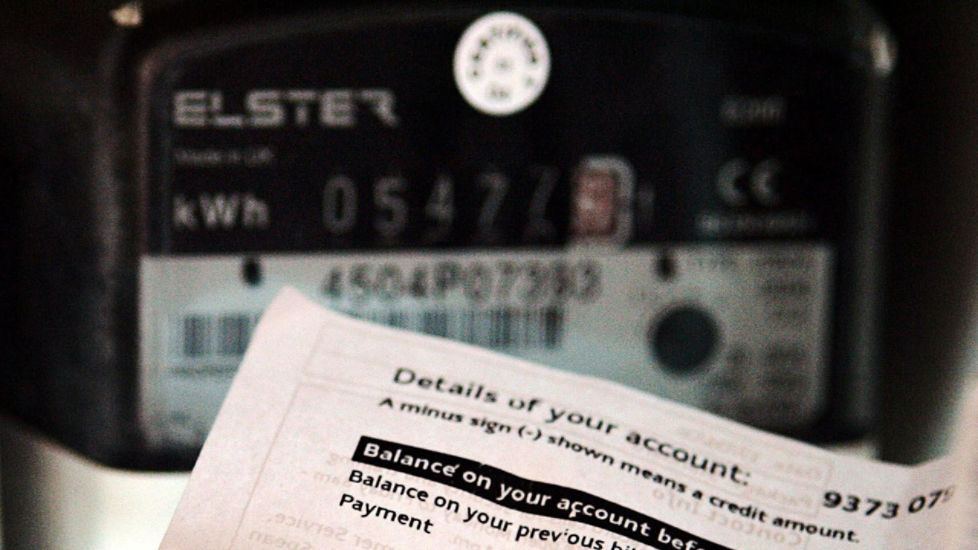The Domestic View: Emerging tensions in the outlook
After years of subdued growth, Australia’s economy is rebounding, with consumer spending and house prices rising. GDP growth has reached 1.8 per cent and is forecast to hit 2.2 per cent by end-2026. However, employment growth is slowing, and inflation remains sticky, prompting the RBA to hold rates steady.
While spending is broadening, many households remain cautious and are still boosting savings. Business investment is yet to lift meaningfully, and the labour market is softening.
“There are emerging tensions in recent economic data, complicating the outlook. Improvements in economic activity have been accompanied by weaker employment growth, and upside surprises to monthly inflation data. This tension has created a challenge for the central bank in determining the extent and timing of further easing in monetary policy,” said Head of Australian Economics, Belinda Allen.
The Global View: Improved prospects but risks remain
Global economic prospects have generally improved, as interest rate and US tax cuts take effect, however the latest US-China frictions show there is no room for complacency. A comprehensive US-China deal still remains elusive despite most US trading partners now having settled reciprocal rates. The US economy is absorbing tariffs with little impact on consumer inflation to date, but employment in import-heavy sectors has weakened.
China’s growth has slowed, prompting further fiscal support, while Europe faces modest expansion amid new tariffs and a slow ramp up in promised defence and infrastructure investment.
Key risks remain, including renewed US-China tensions, as highlighted by the latest Chinese announcement over rare earth restrictions and US threats of 100 per cent tariffs. Fiscal discipline will be crucial for global stability as markets remain sensitive to government debt and policy changes.
The report also warns of ongoing risks, including the threat to US Federal Reserve independence. “A loss of Fed credibility would undermine markets and drive-up long-term inflation expectations,” said Joseph Capurso, Head of FX, International & Geoeconomics.
Other key takeaways:
Commodities
- Gold has surged as the preferred safe-haven asset in 2025, outperforming the US dollar and Treasuries amid global uncertainty and strong central bank demand.
- This marks a shift from previous crises, with gold now favoured by investors and central banks alike.
- Meanwhile, iron ore prices remain resilient above $US100/t but are expected to ease as weak Chinese steel demand weighs on margins.
- The outlook for both commodities will depend on global policy moves and China’s production decisions.
Sustainability
- The Australian government has set an ambitious target to cut greenhouse gas emissions by 62–70 per cent by 2035, with the electricity sector expected to lead the way.
- Achieving this will require a major ramp-up in renewables, reduced coal and gas output, and a rapid shift to electric vehicles and cleaner industry.
- While the goals are bold, significant policy support and further incentives will be needed to meet these challenges across all key sectors.
Currencies
- The US dollar has stabilised after a sharp fall earlier this year but is expected to weaken further in the near term as investor risk appetite remains high and US growth slows.
- The Australian dollar is forecast to rise as the USD falls, but this trend may reverse in 2026 as the US economy recovers.
- Ongoing global uncertainty and falling commodity prices could weigh on the AUD, while risks remain from both US and Chinese economic developments.
Bonds
- Global bond markets have stabilised after earlier volatility, with US yields trending lower as growth slows and the Federal Reserve resumes rate cuts.
- Australian bond yields have remained more stable, but interest rate differentials with the US have widened.
- Looking ahead, concerns over global inflation and high government debt may limit further declines in yields, keeping markets sensitive to policy changes and fiscal pressures.





